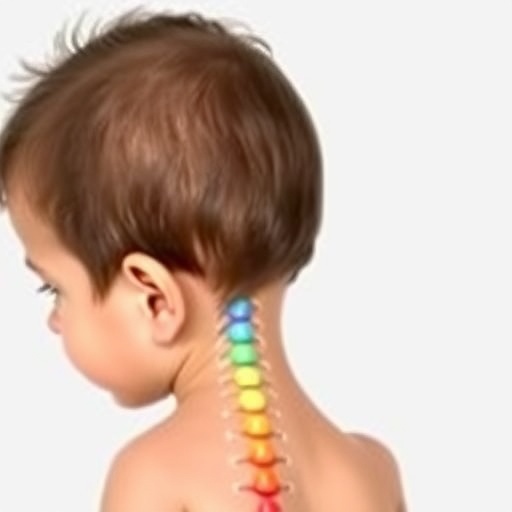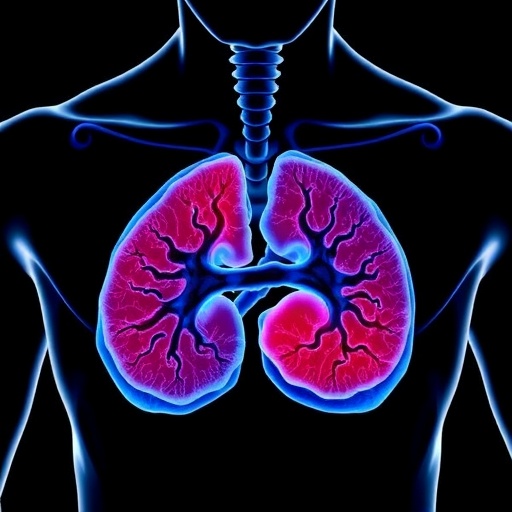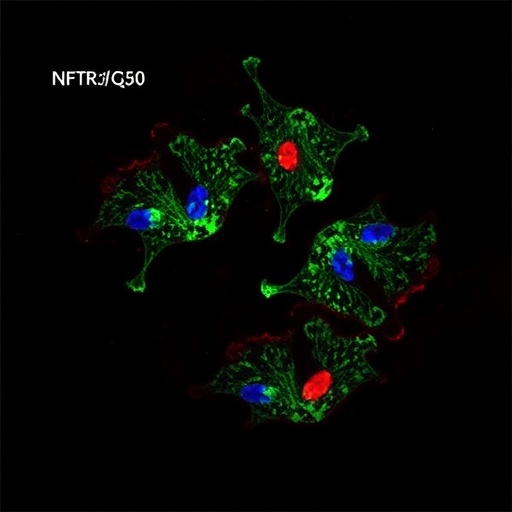Segmental spinal dysgenesis represents an incredibly rare form of spinal dysraphism, which is characterized by abnormal development of the spine. This condition has garnered attention due to its intriguing pathological features and the complexities involved in its diagnosis and management. As outlined in a recent study published in Pediatric Radiology, the authors delve into the nuances of this disorder, emphasizing its rarity and the challenges that healthcare professionals face when identifying and treating affected individuals.
The study particularly highlights the embryological origins of segmental spinal dysgenesis, which stems from aberrations during the critical periods of fetal development. During early gestation, the neural tube undergoes a process of closure that is fundamental for the development of the spinal cord and surrounding structures. If this closure is incomplete or flawed, it can result in a variety of spinal malformations, including segmental dysgenesis. This phenomenon is particularly fascinating as it underscores the importance of embryonic development stages, and how minor disruptions can lead to significant clinical outcomes later in life.
Segmentation of the spine is a crucial aspect of its anatomy and function. Each vertebra develops from mesodermal somites, and the improper formation or absence of these units can lead to segmental dysgenesis. Clinically, this condition manifests in a range of symptoms depending on the severity of the developmental anomalies, including neurological deficits, motor dysfunction, and skeletal abnormalities. The variability of clinical presentation can often complicate diagnosis, making it essential for clinicians to maintain a high index of suspicion when encountering patients with unexplained spinal issues.
Radiological evaluations play a vital role in the diagnosis of segmental spinal dysgenesis. Advanced imaging techniques, such as MRI and CT scans, allow clinicians to visualize the extent of spinal malformations, which can aid in outlining the therapeutic approach. Detailed imaging can reveal not only the anatomical defects but also associated anomalies in the surrounding tissues, which may further complicate the clinical picture or necessitate a multidisciplinary treatment plan.
Despite the complexity of segmental spinal dysgenesis, recent advances in genetic testing and molecular biology are shedding light on the underlying causes of this condition. Genetic factors are believed to play a significant role in the pathogenesis of spinal dysraphism, with various chromosomal abnormalities and mutations contributing to its development. Future research may further elucidate these genetic connections, potentially leading to more effective screening and intervention strategies for at-risk populations.
Management of patients with segmental spinal dysgenesis is often tailored to the individual based on the extent of the dysgenesis and associated complications. Conservative treatments may include physical therapy and orthotics to improve mobility and function, while surgical interventions could be considered in cases of significant deformity or neurological impairment. The intricate balance of addressing immediate concerns while preserving long-term function and quality of life remains a challenge for healthcare providers.
Follow-up care is critical in ensuring optimal outcomes for individuals with segmental spinal dysgenesis. Regular monitoring of the patient’s neurological status and spinal alignment is essential, as changes can occur over time, sometimes necessitating additional interventions. The complexity of the condition may also require collaboration among orthopedic surgeons, neurologists, physiatrists, and rehabilitation specialists to provide comprehensive care.
The rarity of segmental spinal dysgenesis means that not all healthcare providers are familiar with its nuances. Educational initiatives aimed at increasing awareness among pediatricians, radiologists, and neurosurgeons could lead to earlier diagnosis and improved management of the condition. Furthermore, sharing knowledge about rare conditions can foster a sense of community among practitioners, allowing for a more collaborative approach to patient care.
As research into spinal dysgenesis continues, it is imperative that the medical community remains committed to uncovering the various dimensions of these complex conditions. Continued investigation into embryologic pathways, genetic contributions, and innovative management techniques will ultimately enhance our understanding and treatment of segmental spinal dysgenesis. By doing so, we can hope to improve the quality of life for affected individuals as well as expand our knowledge of spinal development as a whole.
The impact of segmental spinal dysgenesis also extends beyond individual patients, echoing through families and communities. Parents, caregivers, and support networks play an undeniable role in the journey of those affected by spinal conditions. Providing them with resourceful information and reliable support systems can lead to better coping mechanisms and ultimately, more positive outcomes. The emotional and psychological aspects of living with a rare condition like segmental spinal dysgenesis should not be overlooked, as they can greatly influence an individual’s overall well-being.
Moreover, as researchers publish their findings on conditions like segmental spinal dysgenesis, the dialogue surrounding rare diseases continues to evolve. Increased visibility for these conditions can bolster research funding and interest from the scientific community, leading to more breakthroughs in our understanding and treatment options. It is through spreading knowledge and fostering curiosity that we can hope to make significant strides in the management of rare spinal disorders.
The future of spinal dysgenesis research appears promising, filled with potential for new discoveries. Collaborative international studies, genetic research, and increased awareness in both clinical and educational settings can push forward the understanding of this enigmatic condition. Awareness and education are vital for both healthcare professionals and the general public in demystifying rare conditions like segmental spinal dysgenesis.
In conclusion, segmental spinal dysgenesis serves as a reminder of the intricate complexities of human development and the critical nature of early detection and intervention. As we strive to improve our approaches in managing this condition, the emphasis on a multidisciplinary approach, ongoing research, and dedicated support for families will remain paramount. Ultimately, a better understanding of segmental spinal dysgenesis has the potential to improve outcomes not only for affected individuals but also enrich the broader field of spinal research.
Subject of Research: Segmental spinal dysgenesis as a rare form of spinal dysraphism.
Article Title: Segmental spinal dysgenesis – a rare type of spinal dysraphism.
Article References:
Singhal, N., Amina, N. & Solanki, R.S. Segmental spinal dysgenesis – a rare type of spinal dysraphism. Pediatr Radiol (2025). https://doi.org/10.1007/s00247-025-06427-8
Image Credits: AI Generated
DOI: https://doi.org/10.1007/s00247-025-06427-8
Keywords: Segmental spinal dysgenesis, spinal dysraphism, embryological origins, radiological evaluations, genetic testing, management strategies, follow-up care, multidisciplinary approach, awareness, research advancements.
Tags: challenges in diagnosing spinal conditionsclinical outcomes of spinal malformationscomplexities in managing spinal dysgenesisembryological origins of spinal malformationsfetal development and spinal cordimplications of embryonic development disruptionsneural tube closure abnormalitiespediatric radiology studiesrare spinal dysraphismsegmental spinal dysgenesisspinal anatomy and segmentationvertebral development from somites





